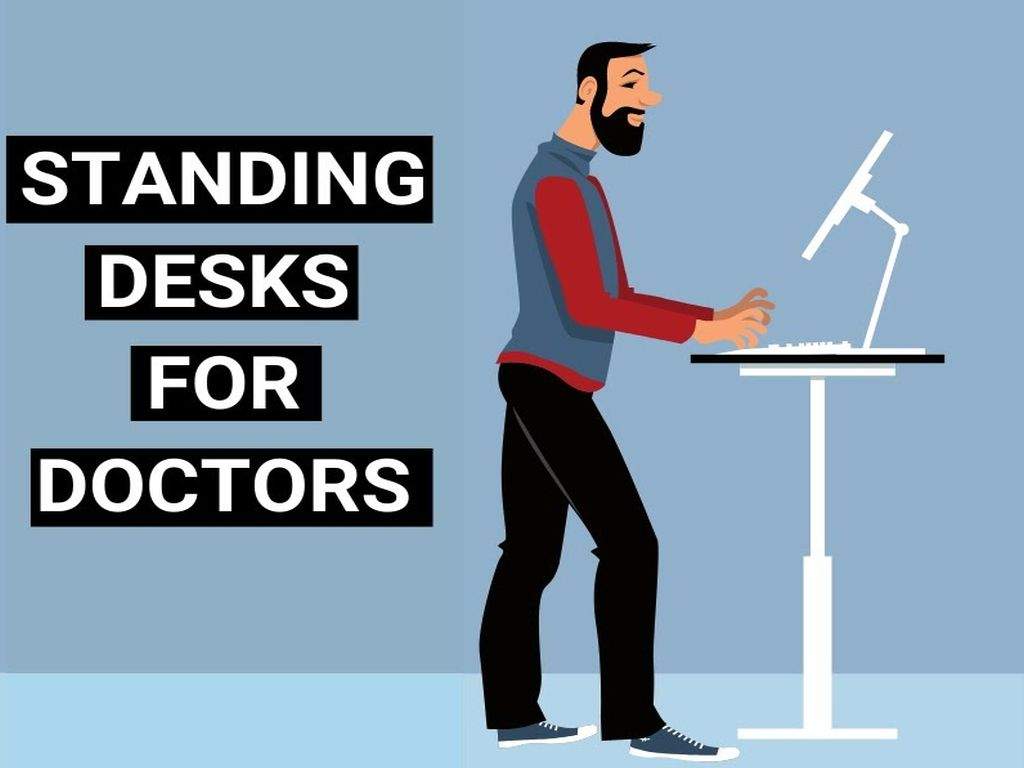Medical opinion on the side of sit/stand desks

Medical Journal of Australia report advises office workers (and doctors) to stand up for their health and well-being.
When it comes to sitting down on the job, doctors (particularly GPs) are one of the community’s most sedentary workers.
Prolonged sitting has been long associated with poor health outcomes, and this has stimulated research on ways of reducing sedentary workplace behaviour.
In a large study recently published in the BMJ, British and Australian researchers did a randomised controlled trial of ambulatory desk-based office workers with the primary aim of reducing daily sitting time.
Specifically, two experimental groups were created with one having a height-adjustable sit-to-stand desk provided (SWAL + desk) and one not (SWAL).
According to an MJAInsight report, there is now strong evidence showing that exposure to high volumes of sitting significantly increases the risk of all-cause and cardiovascular death and the incidence of cardiovascular disease, type 2 diabetes, and some cancers.
The SWAL findings further confirm that alterations to the individual physical environment (e.g. sit-stand desks) can achieve substantial reductions in sitting time and that in the absence of such alterations, contemporary offices may still be failing to provide a safe system of work.
This has likely to have been further exacerbated by the COVID-19 pandemic and the resulting mitigation strategies, including the greater proportion of workers now working from home, whereby significant increases in sedentary time have been consistently reported.
As noted above, and consistent with previous research, the sit–stand desk was a key driver of the behaviour changes achieved through the SWAL intervention.
Sit–stand desks enable users to regularly change posture between sitting and standing while continuing to undertake desk-based work.
In addition to facilitating regular postural shifts, they can also enable users to adjust their desk to the correct ergonomic position for either a seated or standing posture.
Also of interest is The University of Queensland’s BeUpstanding program, which uses a train-the-champion approach to help create a dynamic workplace culture where sitting less and moving more is the new norm.
For more on this story go to https://insightplus.mja.com.au/2022/35/be-upstanding-doctor-it-will-do-y...
Date Published:
12 September 2022

